Tilapia, pacu, shrimp raised with plant crops
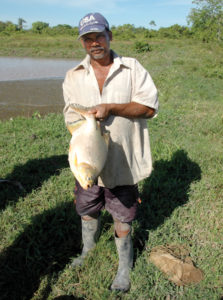
Located in northeastern South America, Guyana is known as “the land of many waters.” Approximately 80 percent of Guyana is covered by rainforests, which drain into several major rivers that run to the Atlantic. Mud flats extend from man-made seawalls that protect most of the coastline.
With its large quantities of freshwater and brackish water, and relatively little industry to pollute the water, Guyana has the potential to become a greater player in the global aquaculture industry.
Aquaculture development
The Guyanese government has supported recent initiatives to develop aquaculture through its Department of Fisheries and Office of Aquaculture. The Office of Aquaculture manages the Mon Repos Aquaculture Station, which conducts basic research and extension activities.
International agreements on biodiversity preservation, climate change and preservation of endangered species have spurred the development of sustainable practices in Guyana, including aquaculture production, harvesting hardwood from the interior rainforests and farming tropical fruits and vegetables. Collaborative efforts among Guyana, the United Kingdom, Norway and the World Bank are developing economic models to meet the demands of the Guyanese economy and the environment.
Three programs with U.S. Agency for International Development support – Aquaculture/Fisheries Collaborative Research Support Program, Farmer to Farmer and the Guyana Trade and Investment Support – have collaborated along with Aquaculture without Frontiers (AwF) volunteers, the U.K. Department for International Development, Israel’s Department of Fisheries and United Nations Food and Agriculture Organization experts to increase the productivity of aquaculture and implement best management practices. This collaboration has avoided duplication of efforts and provided synergies in several areas.
The National Association of Aquaculture in Guyana is the local organization for farmers interested in bolstering their aquaculture productivity, implementing sustainable and environmentally friendly practices, and transitioning from traditional mono-crops to integrated farming practices.
Guyanese aquaculture has been advancing in recent years because of the collaboration of government agencies, universities, commercial farms and international aid groups working together to further advance the developmental progress. Currently the industry is comprised of small farmers producing for local consumption with small volumes of exports. The primary aquaculture species of focus are red and Nile tilapia, pacu and shrimp.
Production
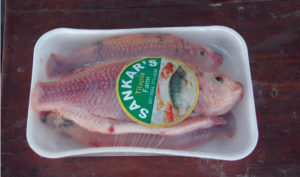
The primary production areas are along the Atlantic coast. In the western portion of the coast near the mouth of the Essequibo River, long-established rice and sugar cane farmers are interested in developing integrated aquaculture linked to their agricultural operations. Multiple use of water to rear tilapia and pacu followed by irrigation and fertilization of field crops is the goal.
Sankar Farm currently is a major supplier to local markets in the region, including but not limited to the capital, Georgetown. There are additional tilapia farms along the Demerara River south of Georgetown, which sits at the mouth of the river with the primary port facilities.
Along the eastern Guyana coast near the mouth of the Berbice River, Ronald Arjune is a major tilapia farmer. This summer, Ronald and Son Aquaculture Enterprise conducted a test harvest and export of 1 mt of red tilapia to the United States.
Additional tilapia, pacu and shrimp farms are located in the Berbice region. The farms rear both red and Nile tilapia in freshwater and brackish water ponds. There are also several extensive shrimp pond operations in this area. The shrimp farms utilize wild shrimp larvae allowed into the ponds on a high tide, and then depend on tidal water exchanges. The farms are fed only minimally, depending on natural productivity. The shrimp are harvested and sold into local markets.
At this time, the government has avoided imports of shrimp as part of its biosecurity measures.
Feed, broodstock
Maharaja Mills is the first aquatic feed producer in Guyana. Diets for tilapia, pacu and shrimp are produced from a mix of local and imported ingredients. Much of the collaborative research between the international and local aquaculturists has focused on the use of locally available ingredients in lieu of higher-cost imported ingredients.
Feed trials have been conducted at the Mon Repos Station in conjunction with Maharaja Mills. Another example of the synergies achieved has been the donation of genetically male Nile tilapia to Guyana.
The U.K. Department for International Development worked with Fish Gen and Swansea University in Wales to provide broodstock to the Department of Fisheries in Guyana. Commonly known as YY super-male tilapia, these fish have demonstrated great success to date. In the initial pond culture trial, the all-male populations achieved very good growth and survival with little variation in size and no reproduction in the pond.
Integration with agriculture
Integration of aquaculture and agriculture has great potential in Guyana. In addition to integration with rice and sugar cane, vegetable and tree crops are being tested. Simple hydroponic technologies coupled with aquaculture could also yield impressive production results.
Hydroponic, as opposed to conventional, agriculture allows for more crop area and more versatile crop systems. Some Guyana crop land is affected by flooding, acidic soils and predation from local wildlife. Greenhouse hydroponics coupled with intensive fish aquaculture could overcome these hurdles and has the potential to expand the agriculture industries past current levels.
This can have positive implications as Guyana moves forward. The integration of aquaculture with agriculture will allow synergistic development of multiple products while operating within the country’s goal of implementing sustainable and environmentally friendly industries. Integrative farming practices can be coupled with existing extractive industries to reduce their impacts on the environment.
Native fish culture is another area of interest in Guyana. Pacu and hassar, an armored catfish, are popular both along the coast and with the indigenous American Indian communities in the inland regions. Small-scale culture of these fish, again integrated with field crop irrigation, is being promoted.
Potential player
Guyana has great potential to become an important player in the aquaculture industry. There are enormous quantities of fresh and brackish water available. There is relatively little industry to pollute the water, there are established agricultural interests that are looking to diversify, there are social and transportation ties to the United States and United Kingdom, and the government is very committed to sustainable development of aquaculture and other clean industry.
(Editor’s Note: This article was originally published in the September/October 2009 print edition of the Global Aquaculture Advocate.)
Now that you've reached the end of the article ...
… please consider supporting GSA’s mission to advance responsible seafood practices through education, advocacy and third-party assurances. The Advocate aims to document the evolution of responsible seafood practices and share the expansive knowledge of our vast network of contributors.
By becoming a Global Seafood Alliance member, you’re ensuring that all of the pre-competitive work we do through member benefits, resources and events can continue. Individual membership costs just $50 a year.
Not a GSA member? Join us.
Authors
-
Jason Licamele
University of Arizona
2601 East Airport Drive
Tucson, Arizona 85706 USA -
Kevin Fitzsimmons, Ph.D.
Department of Soil, Water and Environmental Science
College of Agriculture and Life Sciences
University of Arizona
2601 East Airport Drive
Tucson, Arizona 85706 USA
Tagged With
Related Posts
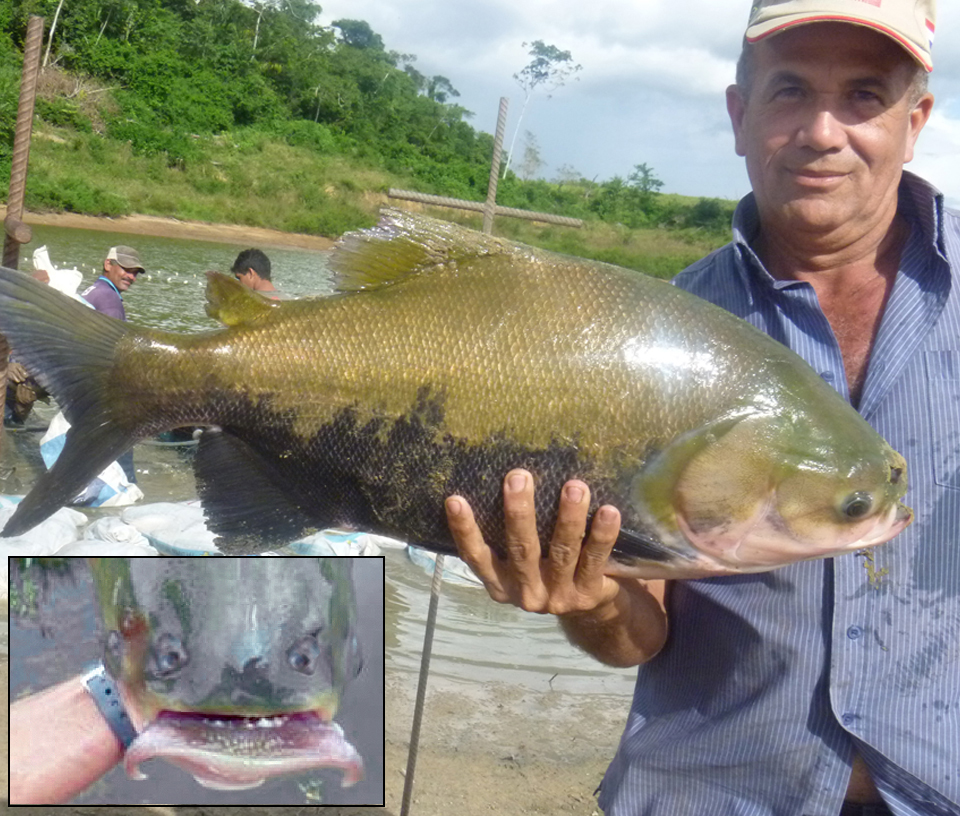
Health & Welfare
Aquaculture of Amazon fish in Latin America
Many fish species that live in the Amazon basin have great potential for aquaculture. The main species currently cultured in the region is tambaqui, a fast-growing, omnivorous fish that tolerates poor water quality.
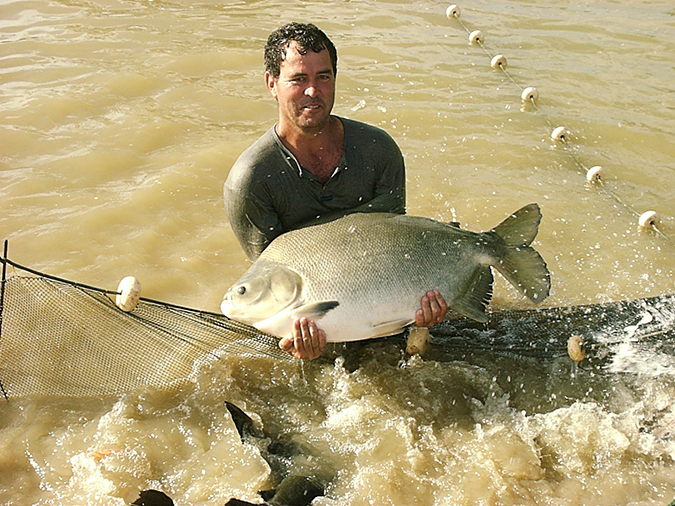
Intelligence
Brazilian aquaculture: Constraints and challenges (Part 1)
The Brazilian aquaculture industry has been growing steadily during the last two decades. Despite facing a number of challenges it is looking at continued growth and a larger role in the export markets.
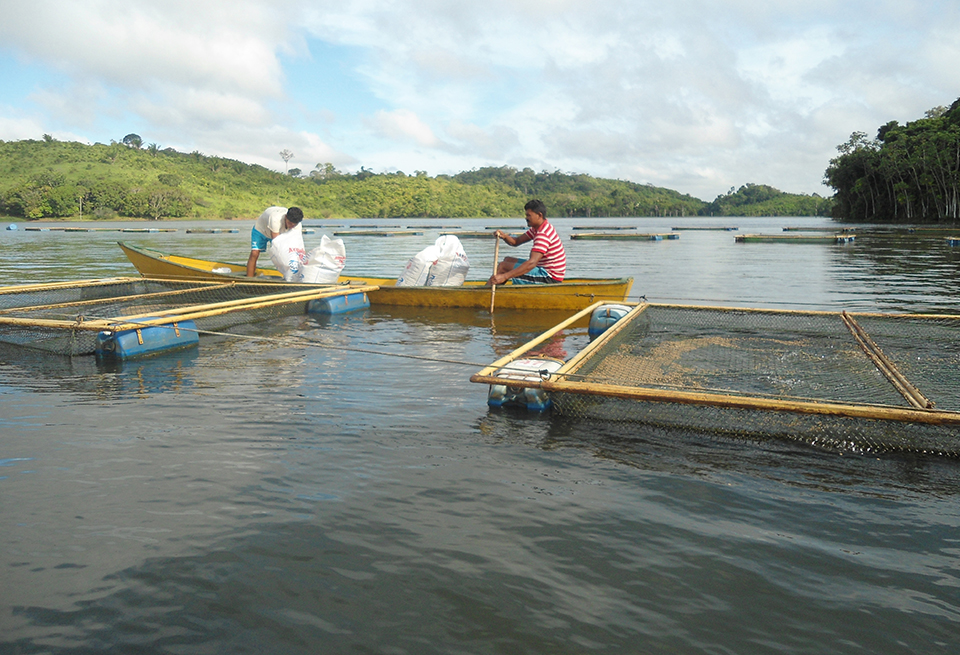
Innovation & Investment
Aquaculture planning, development in Brazilian federal waters
The aquaculture industry in Brazil is moving toward further expansion with the support of the federal government. A key strategy of the More Fishing and Aquaculture plan is the development of aquaculture in federal waters. The plan promotes sustainable development of fisheries and aquaculture by linking those involved and consolidating state policies addressing social inclusion, security and food sovereignty. Tilapia is the main farmed fish, although tambaqui and others have potential for large-scale production due to their wide acceptance by consumers.
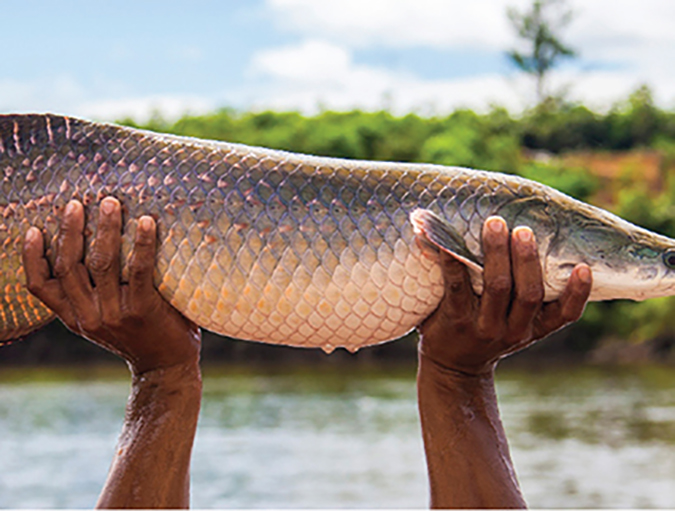
Innovation & Investment
Pirarucu culture in the Brazilian Amazon
With their fast growth and ample light-flavored flesh, pirarucu present great potential. Industry growth is hampered by limited technology and management of domestication practices. Also, current commercial diets are typically not fully suited to the nutritional needs of pirarucu.


